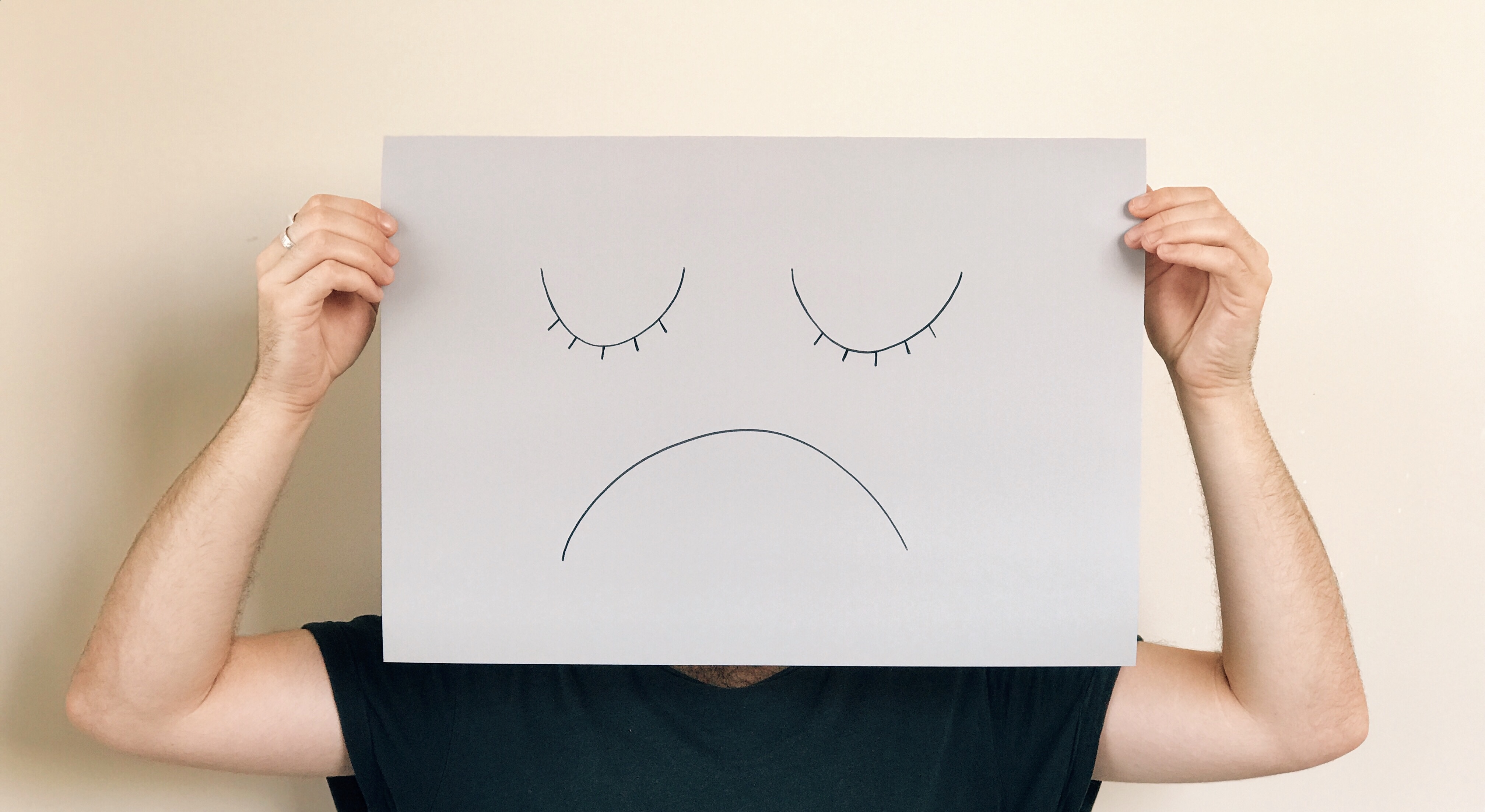Mental health is one of Australia’s biggest issues. About one in five are struggling right now and an estimated 45 per cent of us will experience a problem at some point in our lives.
According to a survey conducted by Mission Australia, one in three young people consider mental health to be the country’s “biggest national issue.” Of the 24,000 people involved, over 30 per cent thought that mental health should top the list of national concerns – more than double the numbers seen two years ago.
These statistics prove that mental health is an issue young people can relate to and a topic they feel passionate about. So what has prompted the increase in concern for our mental state? And as a community, what steps can we take to de-stigmatise mental illness?
While there has been significant progress in raising awareness and encouraging people to speak out in recent years, there is still a lot more work to be done. Young people in particular are finding it especially hard to speak out about their mental state. According to a study conducted by Headspace, up to 50 per cent of young Australians are too embarrassed to talk about mental health issues at all, especially young females.

Nurse and counsellor, Madison Taylor, says that the rate of young people actively seeking help in the community is quite low.
“In my experience, for various reasons, young people are reluctant to speak out about their mental wellbeing,” she said.
“Pressure to live up to what their peers consider as ‘normal’ is a part of it, as well as the fear of not being taken seriously.”
Ms Taylor is currently working at Macquarie Hospital in the 18-35’s ward but despite the age bracket being directed at young Aussies, she says that most people coming in for voluntary help are aged in their late 30’s.
“It’s not surprising to me that young people are concerned, but not willing to speak up… in the digital age of social media, it’s all about keeping up appearances,” she said.
“Unfortunately for us, we’re not able to give the proper care that these kids need because they just aren’t willing to seek it.”
A recent study conducted by the Royal Society for Public Health (RSPH) reaffirms Ms Taylor’s comments and links popular social networking apps such as Instagram and Snapchat to feelings of anxiety, depression and loneliness. The report suggests that frequent social media use can negatively impact the mental health of its users, especially those who use social media for extended periods of time.
According to the report, youths spending more than two hours a day on social media are more likely to suffer from high levels of psychological distress, depression, anxiety and suicidal thoughts.
Chief executive of the RSPH, Shirley Cramer, recently said that excessive social media use can turn out to be harmful in the long term.
“Social media has been described as more addictive than cigarettes and alcohol, and is now so entrenched in the lives of young people that it is no longer possible to ignore it when talking about young people’s mental health,” she told The Daily Telegraph.
So, there is evidence that the digital world has impacted our mental state and while the number of people signing up to these platforms continues to increase, is it fair to assume the rate of those suffering from mental illness will as well?

Mental health researcher Dr Bridianne O’Dea from Black Dog Institute, thinks not. Speaking to the ABC, Dr O’Dea says mental health is not that simple.
“Depression and anxiety and most mental health issues are very complex,” she said.
“Therefore pinpointing it down to a single activity such as time spent on social media, in fact, oversimplifies mental health.”
Clementine Oss-emer, a nurse and social worker in the mental health unit at Lismore Hospital believes the increase in mental illness in our youth, comes down to bullying.
“In the last two to three years, most of the cases that we see are associated with bullying… both online and in schools,” she said.
While online technology and constant connectivity has allowed bullying to harm children across more platforms than ever before, experts say that behaviour is to blame and not devices.
“It’s easier now than ever to be able to communicate with one another and unfortunately for those vulnerable kids out there…that doesn’t always work in their favour.”
Ms Oss-emer says that parents can be doing more at home to combat these issue and it starts with education.
“So many of the cases I see could have been easily prevented if children are just taught to respect one another and our individual differences at home,” she said.
Mental health service ReachOut recently released a report which found that of the 1000 14–25-year-olds surveyed, 23 per cent had experienced bullying in the last 12 months and a further 52 per cent of them experienced bullying at school.
So, is bullying the main reason for the increase in concern among our young people? And if so, what can we do to help minimise this problem?
Ms Oss-emer says that there are many simple steps that can be taken to help young people suffering from mental health and bullying.
“There’s many basic ways we can help combat this problem,” she said. “Teach your children to learn the difference between teasing and bullying, encourage them to speak up when they see bullying going on, or when it happens to them.
“Of course for some children, unfortunately, mental problems can be hereditary and [can] strike at any time without warning. Then we have those who use drugs, which is also becoming a big issue in our country. But my personal belief is that most times it starts with education and learning how to identify these issues at a young age.”
If you or anyone you know are suffering from feelings of depression please contact Lifeline Australia.
– Joe Attanasio


